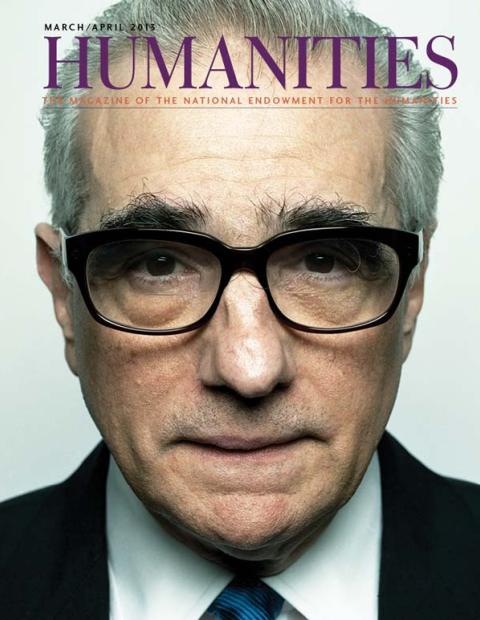The chance of a lifetime came for Louis Armstrong in 1922, when he left his birthplace of New Orleans for Chicago, to play with King Oliver ’s Creole Jazz Band. Armstrong had acquired his fast fingers in his native city, competing with other virtuosos on the cornet. In the Windy City, however, he developed into a preeminent jazz soloist by incorporating a few gimmicks he learned from vaudeville.
During the 1920s, meanwhile, a smooth, sophisticated, and symphonic jazz style—characterized by composer George Gershwin and band leader Paul Whiteman—rather than the ebullient sound of performers such as Oliver and Armstrong seemed to point to the future of jazz. Some African-American writers were of two minds on the matter: They had a degree of esteem and respect for the polished trend, even while resenting the dismissive stance such a style had for the distinctive African-American features at the roots of jazz.
The type of jazz played at the time by the predominantly black bands was still widely regarded as a novelty act. Music could be made on the vaudeville circuit by playing regular instruments in an odd way, or even by playing everyday objects. Vaudeville performers such as the Tom-Jack Trio threw snowballs at tambourines, while Will Van Allen performed on knives and forks while eating dinner. Cornet players Fred Keppard and King Oliver used mutes to create wah-wah effects, and could imitate preachers, crying babies, and even roosters and other animals.
When Armstrong first played with King Oliver ’s band, he adopted some of the “benign deception,” as Brian Harker calls it, that helped turn their vaudeville performances into something musicians would discuss for decades. Oliver and Armstrong hit upon a novelty act that made it appear Armstrong was a mind reader of sorts, able to duplicate in harmony a seemingly spontaneous break initiated by Oliver. “While the band was just swinging,” Armstrong later recounted, “the King would lean over to me, moving his valves on his trumpet, make notes, the notes that he was going to make when the break in the tune came. I’d listen, and at the same time, I’d be figuring out my second to his lead. When the break would come, I’d have my part to blend right along with his. The crowd would go mad over it.”
Harker ’s NEH-funded Louis Armstrong’s Hot Five and Hot Seven Recordings (Oxford University Press, 2011) hastens to add that Armstrong continued as a soloist, especially when making the Hot Five and Hot Seven recordings of the twenties. “Like Oliver,” Harker writes, “Armstrong embraced vaudevillian mimesis as his expressive channel, but instead of using wah-wah effects to imitate people and animals, he used runs and arpeggios to imitate the style of New Orleans clarinetists.” The best example of this is the 1926 recording “Cornet Chop Suey.”
Armstrong eventually abandoned these “clarinetisms,” but, as Harker puts it, “continued to develop the acrobatic impulse such references had implanted."


